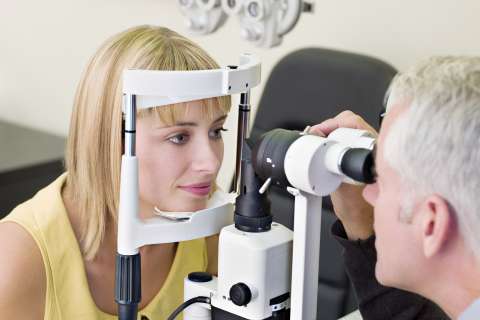Dear Doctors: My wife was diagnosed with a C. auris infection while she was in a long-term care hospital. When she gets discharged, will she be able to hug her grandkids, or should she refrain from having any type of close or skin-on-skin contact?
Dear Reader: You’re referring to Candida auris, also known as C. auris. It is yeast, which, along with molds and mushrooms, belong to the group of organisms known as fungi. If part of the name sounds familiar, that’s because C. auris is one of several species of Candida that can cause infections in people.
Known as Candidiasis, it is the most common type of fungal infection worldwide. Various species of Candida cause conditions that, in the majority of cases, are minor and nonfatal. These include athlete’s foot, oral thrush, nail fungus, ringworm and vaginal yeast infections. But if these fungi enter the bloodstream, they can cause serious, invasive and potentially life-threatening infections.
C. auris infections are particularly challenging for several reasons. One is that this species is multidrug-resistant. And with only three effective antifungal drugs available, it makes these infections difficult to treat. At the same time, C. auris spreads easily and widely in the environment and survives even the most stringent infection control measures. It can colonize in the fabrics used in clothes and bedding and has been found to persist for at least 28 days on the hard plastic surfaces common in health care settings.
This pathogen is rapidly spreading through hospitals and long-term healthcare environments. People with weakened or compromised immune systems and preexisting illnesses are most vulnerable to infection. C. Auris can enter the bloodstream wherever there is a breach in the skin. This can be through a scrape or wound, or via an IV, a catheter or other tubes that enter the body.
Patients who have been hospitalized for a long time, or who have previously been treated with antifungal medications or antibiotics, appear to be at increased risk. Due to the rapid spread of C. auris, the Centers for Disease Control and Prevention announced in March that it has labeled the organism an urgent emerging threat for antibiotic resistance. The institution also announced enhanced measures to track and trace infections.
In addition to all of this, C. auris can also colonize in the epidermis. It finds a home and multiplies in the folds and creases of someone’s skin. This can cause the individual to become a carrier. They can unknowingly spread the multidrug-resistant fungus, both to other people and to new environments. That makes your question about your wife’s return from the health care facility both very important and quite complex.
The guidance regarding her actions will depend on specific factors. These include your wife’s health at the time of her release, the status of her C. auris infection and the ages and health of the people she will potentially be in contact with.
That means that any answers about hugging and other types of skin-to-skin contact can only come from your wife’s medical team.
(Send your questions to [email protected], or write: Ask the Doctors, c/o UCLA Health Sciences Media Relations, 10960 Wilshire Blvd., Suite 1955, Los Angeles, CA, 90024. Owing to the volume of mail, personal replies cannot be provided.)





